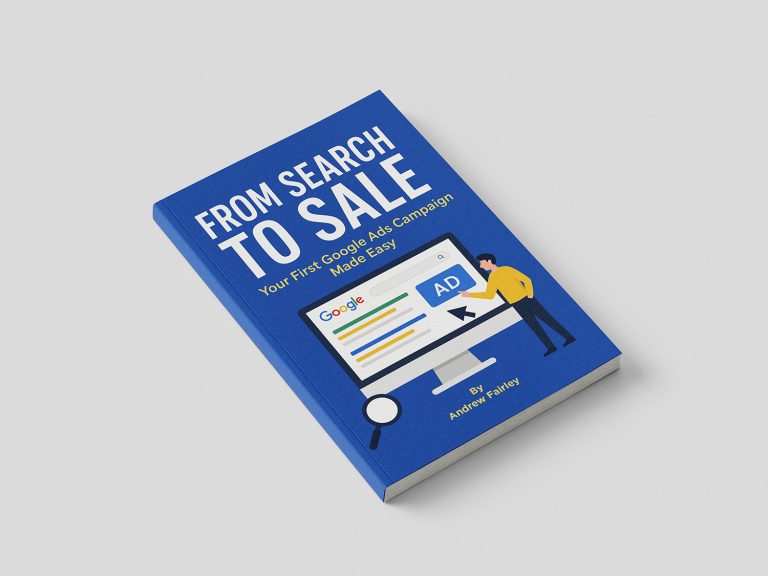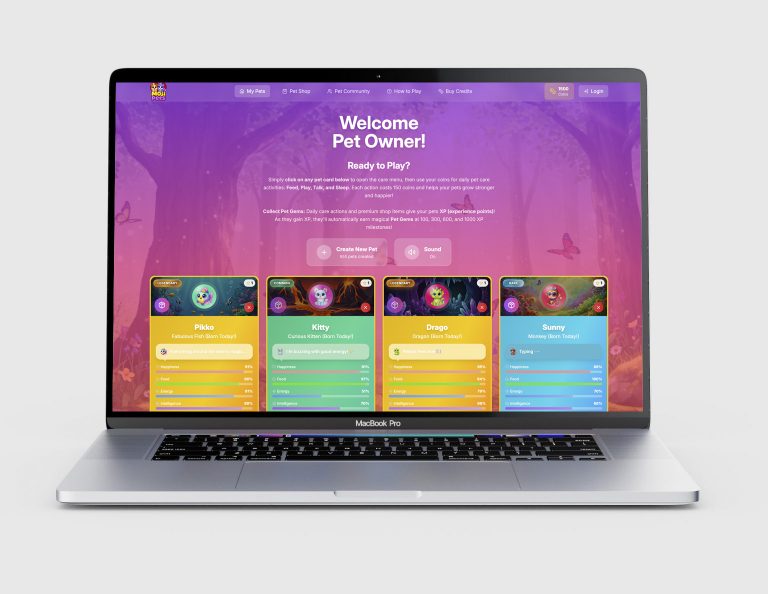In the fast-paced world of digital design, intuition and creativity are essential—but they’re not enough on their own. To truly optimise user experience and drive performance, designers must embrace data-driven decision-making. That’s where A/B testing comes in.
A/B testing allows designers to compare two versions of a design element—be it a layout, call-to-action (CTA), or colour scheme—and determine which performs better based on real user interactions. It’s a powerful tool that bridges the gap between design theory and user reality, helping designers refine their work with confidence.
In this post, we’ll explore how designers can use A/B testing to validate design decisions, share real-world examples of impactful changes, and offer practical guidance on setting up and interpreting tests.
🧠 Why A/B Testing Matters for Designers
Designers often face the challenge of balancing aesthetics with functionality. What looks good might not always work well—and vice versa. A/B testing provides a structured way to test hypotheses and make informed choices based on user behaviour.
Key Benefits:
- Objective Validation: Move beyond gut feelings and stakeholder opinions.
- User-Centric Design: Understand what resonates with your actual audience.
- Continuous Improvement: Iterate and refine designs over time.
- Increased Conversion Rates: Small tweaks can lead to significant performance gains.
Whether you’re designing a landing page, an app interface, or an email campaign, A/B testing can help you make smarter, more effective design decisions.
🧪 What Is A/B Testing?
A/B testing (also known as split testing) involves showing two variants—A and B—to different segments of users and measuring which one performs better against a defined goal. This goal could be clicks, sign-ups, purchases, time on page, or any other metric relevant to your design.
For example:
- Version A: A blue CTA button that says “Get Started”
- Version B: A green CTA button that says “Join Now”
By tracking how users interact with each version, you can determine which design drives more engagement.
📐 Design Elements You Can Test
Designers can apply A/B testing to a wide range of visual and interactive elements. Here are some of the most commonly tested components:
1. Layout
- Grid vs. single-column design
- Placement of key elements (e.g., form at top vs. bottom)
- Navigation structure and menu styles
2. Call-to-Action (CTA)
- Button text (“Buy Now” vs. “Shop Today”)
- Button colour and size
- Positioning on the page
3. Colour Scheme
- Background colours and contrast
- Highlight colours for links or buttons
- Emotional impact of colour choices
4. Typography
- Font style and size
- Line spacing and readability
- Headline vs. body text hierarchy
5. Imagery
- Hero images vs. illustrations
- Product photos vs. lifestyle shots
- Image placement and size
📊 Real-World Examples of A/B Testing Success
Let’s look at a few examples where A/B testing led to measurable improvements:
🟢 Example 1: CTA Button Colour
A UK-based e-commerce site tested two versions of its checkout CTA:
- Version A: Grey button with “Proceed to Checkout”
- Version B: Bright green button with “Secure Your Order”
Result: Version B increased conversions by 14%. The brighter colour drew attention, and the revised text added urgency and reassurance.
🟣 Example 2: Homepage Layout
A SaaS company tested two homepage layouts:
- Version A: Traditional layout with a hero image and text
- Version B: Video background with minimal text
Result: Version B led to a 22% increase in trial sign-ups. Users engaged more with the dynamic content and felt more connected to the brand.
🔵 Example 3: Form Design
A charity website tested two donation form designs:
- Version A: Long form with multiple fields
- Version B: Short form with only essential fields
Result: Version B improved completion rates by 31%. Reducing friction made it easier for users to take action.
🛠️ How to Set Up an A/B Test as a Designer
Setting up an A/B test doesn’t require a data science degree—but it does require thoughtful planning. Here’s a step-by-step guide:
1. Define Your Goal
Start with a clear objective. What are you trying to improve?
- Click-through rate?
- Form submissions?
- Time spent on page?
2. Choose a Variable to Test
Focus on one element at a time to isolate its impact. For example:
- CTA text
- Button colour
- Layout structure
3. Create Two Variants
Design two versions that differ only in the chosen variable. Keep everything else consistent to ensure a fair comparison.
4. Use a Testing Tool
There are many tools available to run A/B tests, including:
- Google Optimize (free and integrates with Google Analytics)
- Optimizely
- VWO (Visual Website Optimizer)
- Adobe Target
These platforms allow you to split traffic, track performance, and analyse results.
5. Run the Test
Launch your test and let it run long enough to gather meaningful data. Avoid ending the test too early—statistical significance is key.
6. Analyse the Results
Look at the metrics and determine which version performed better. Consider:
- Conversion rate
- Bounce rate
- Engagement metrics
Use statistical significance calculators to ensure your results are reliable.
🧮 Interpreting Results: What Designers Should Look For
Once your test concludes, it’s time to interpret the data. Here’s what to keep in mind:
✅ Statistical Significance
Ensure your results aren’t due to random chance. Most tools will indicate whether your test reached significance.
📈 Performance Metrics
Focus on metrics that align with your goal. For example:
- If testing a CTA, look at click-through rates.
- If testing a layout, examine time on page or scroll depth.
🔍 User Behaviour Insights
Beyond raw numbers, consider qualitative feedback:
- Heatmaps and session recordings
- User comments or survey responses
These insights can help explain why one version performed better.
🚫 Common Pitfalls to Avoid
A/B testing is powerful, but it’s not foolproof. Watch out for these common mistakes:
❌ Testing Too Many Variables
Stick to one change per test. Testing multiple elements at once makes it hard to pinpoint what caused the result.
❌ Ending Tests Too Early
Let your test run until you have enough data. Premature conclusions can lead to false insights.
❌ Ignoring Context
A winning variant in one context may not work elsewhere. Always consider your audience and platform.
❌ Overlooking Mobile Users
Ensure your test is responsive and accounts for mobile behaviour, which can differ significantly from desktop.
🎨 A/B Testing as Part of the Design Process
A/B testing shouldn’t be an afterthought—it should be baked into your design workflow. Here’s how to integrate it:
- During Ideation: Brainstorm multiple design options with testing in mind.
- During Prototyping: Create testable variants early on.
- Post-Launch: Use A/B testing to refine and optimise live designs.
By making testing a habit, designers can continuously improve their work and build user experiences that truly resonate.
A/B testing empowers designers to move beyond assumptions and make decisions backed by evidence. It’s not about proving one design is “better” in theory—it’s about discovering what works best in practice for your users.
Whether you’re tweaking a CTA, rethinking a layout, or experimenting with colour, A/B testing gives you the tools to validate your choices and elevate your design impact.
So next time you’re torn between two design options, don’t guess—test.




